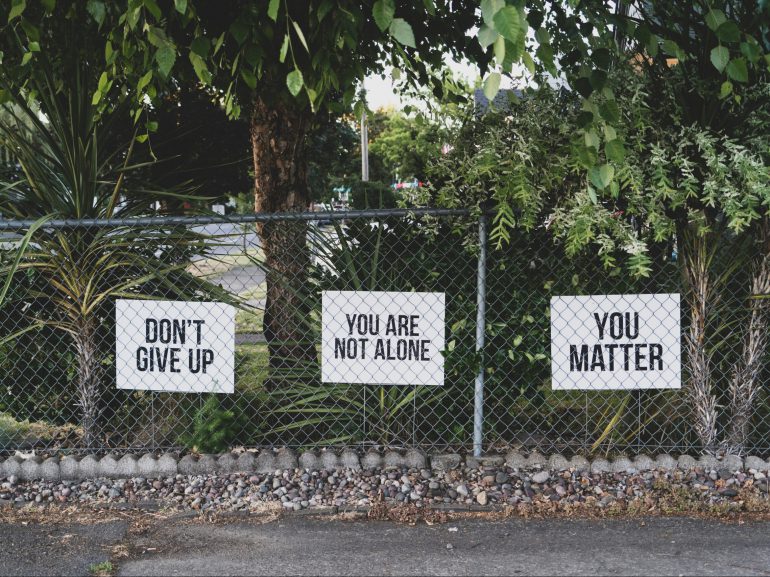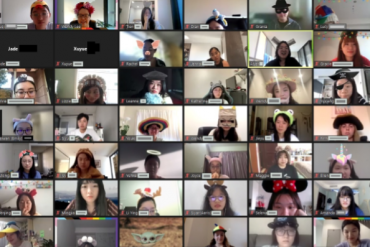Recently there have been reports of a growing phenomenon of disconnection among students in the media. I’m sure that many of us can relate to the feelings of exhaustion and burnout that 2 + years of the pandemic and other existential threats such as climate change and the war in Ukraine have caused in ourselves and in our students. A recent article in the Chronicle of Higher Education highlights that many educators are experiencing “a stunning level of student disconnection“. The article is focussed on US tertiary institutions, but there are, not surprisingly, many relatable stories within it.
Students seem to have lost their sense of connection with the university and university community, and their sense of purpose in attending. It’s almost like they just prefer to sit in their little cone of silence.
Stephanie Masson, 2022
It’s hardly surprising that the events of the past 2 years have had an impact on everyone’s mental health. The article mentions “allostatic load”, which is the result of cumulative stress on the body. Allostatic load can lead to low motivation, lack of focus, and enduring feelings of isolation and burnout. This can manifest in students being unable to concentrate, withdrawing from actively joining in and general feelings of anxiety and even depression.
The Chronicle article above clearly hit a nerve and many teachers wrote in to add their experiences and ideas on how to assist students to reconnect. These experiences and ideas are available in the follow-up article. Ideas being used to try to motivate students and encourage them to engage include:
- offering extra feedback and assistance on assignments
- trying to be more caring and offering personal feedback which includes the use of students’ names
- sending more emails to remind students of deadlines
- showing more compassion.
There were also discussions on Twitter about the phenomenon of disconnection, and from that thread, some really helpful links to resources about humanising teaching. This article by Michelle Pacancky-Brock focusses on online teaching, but many of the ideas in it apply equally to face-to-face and blended teaching. The ideas of being human and trying to create an atmosphere of belonging are vital to ensuring that students feel as if they are part of a community. There’s also an associated infographic on humanising teaching here.
As a result of the original disconnection piece from The Chronicle, another article followed focussing on what students thought about disconnection. A couple of teachers decided to ask their students why they thought this disconnection might be occurring. One teacher encouraged her class to come up with ideas on how to get students to re-engage. They came up with a number of ideas, including the importance of:
- the student voice – students want to be active participants in their learning
- flexibility in attendance and deadlines
- showing care
- interactivity
- relevance – students want content to be relevant to them.
So what can we as educators do to try to re-engage our students and encourage them to become more focussed on their studies? What are your experiences with your students being disconnected and why do you think this might be?
To help address these questions, we encourage you to come along to the 2022 Sydney Teaching Symposium on 18 July. Join in our roundtable discussions on disconnection with students and colleagues and share observations and, most importantly, support each other.





